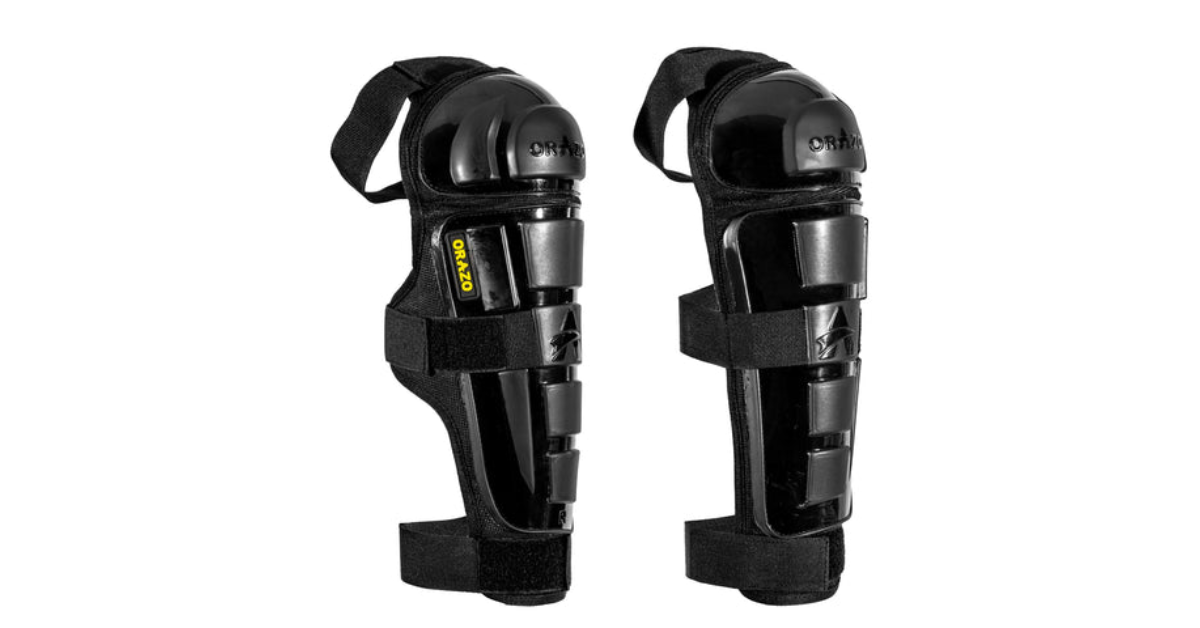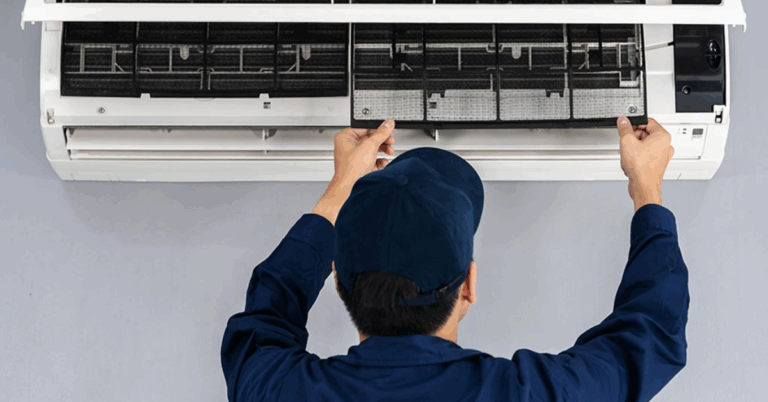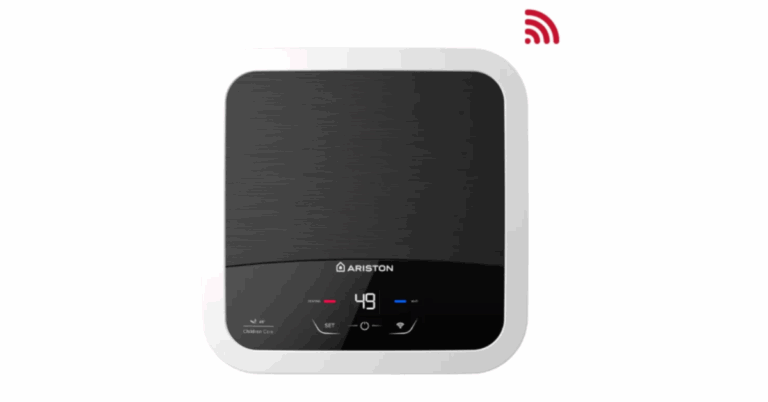Why Every Rider Needs an Elbow Guard for Bike Safety
When it comes to biking, whether on city streets or rugged trails, safety is paramount. While helmets protect your head, other body parts such as your elbows are equally vulnerable in falls or collisions. That’s where an Elbow Guard For Bike comes into play—offering crucial protection that can prevent painful injuries and ensure you keep riding safely. This comprehensive guide explores why elbow guards are essential, how to choose the right one, and how to wear and maintain them effectively.
The Importance of Using an Elbow Guard for Bike Riding
Elbows often take the brunt of falls during bike rides, especially when riders instinctively extend their arms to break a fall. Injuries like abrasions, bruises, fractures, and even ligament damage are common without proper protection. Wearing an elbow guard cushions the impact and minimizes injury severity, allowing you to recover faster and continue your biking adventures.
Common Elbow Injuries Without Protection
-
Abrasions and Scrapes: Sliding on rough surfaces can cause painful skin injuries.
-
Bruising and Swelling: Impact can lead to significant soft tissue damage.
-
Fractures: Falling directly on the elbow can cause breaks or cracks in the bones.
-
Joint Injuries: Ligament sprains or dislocations can occur without proper support.
An elbow guard mitigates these risks by absorbing shock and providing structural support during impact.
Types of Elbow Guards for Bike Riders
Elbow guards come in various designs tailored to different riding styles and protection levels. Understanding these can help you select the best guard for your needs.
1. Hard Shell Elbow Guards
These feature a rigid plastic or composite outer shell with foam padding inside. They are ideal for mountain biking, BMX, or any high-impact riding where falls are frequent. The hard shell disperses impact force, while padding cushions the elbow.
2. Soft Elbow Guards
Made mainly from flexible foam or gel materials, soft guards prioritize comfort and flexibility. They are best for casual riders or commuters who want lightweight protection against minor bumps and scrapes.
3. Sleeve-style Elbow Guards
These look like compression sleeves with built-in padding. They provide moderate protection and are popular among road cyclists who want minimal bulk but some cushioning for light impacts.
4. Full Arm Guards
These provide extended protection from the elbow down to the wrist. Favored by downhill and trail riders, full arm guards offer maximum coverage for extreme conditions.
Key Features to Consider When Buying an Elbow Guard for Bike Riding
To get the most out of your elbow guard, consider these important features:
1. Fit and Comfort
An elbow guard must fit snugly without restricting movement or blood flow. Adjustable straps or elastic sleeves help achieve a secure fit, preventing the guard from slipping during rides.
2. Protection Level
Assess how much protection you need based on your riding style. Hard shell guards offer the best impact resistance, while soft guards provide protection mainly against abrasions and minor knocks.
3. Breathability
Look for elbow guards with breathable fabrics or ventilation channels to keep you cool, especially on long rides or in hot weather.
4. Weight
Lightweight guards improve comfort and reduce fatigue. Avoid bulky or heavy options unless you’re doing extreme riding that demands maximum protection.
5. Durability
Choose guards made from high-quality materials that withstand repeated impacts and rough use.
How to Properly Wear and Maintain Your Elbow Guard
Wearing Tips
-
Position the guard so that it fully covers the elbow joint.
-
Ensure straps or sleeves hold the guard securely without cutting circulation.
-
Check movement range; you should be able to bend and extend your arm comfortably.
-
Try your guard with your riding gear on to ensure it fits well with other protective equipment.
Maintenance Tips
-
Clean guards regularly according to the manufacturer’s instructions, usually with mild soap and water.
-
Dry completely before storing to prevent odor and material degradation.
-
Inspect for cracks, tears, or worn padding regularly; replace guards if damaged.
-
Store in a cool, dry place away from direct sunlight.
How Elbow Guards Complement Other Protective Gear
Elbow guards work best as part of a full protective kit including:
-
Helmet: The most critical safety gear for head protection.
-
Knee Guards: Protect knees from impacts and abrasions.
-
Gloves: Shield hands and improve grip.
-
Body Armor or Chest Protectors: For downhill or aggressive riding styles.
Combining these elements enhances your overall safety and confidence on the bike.
Why Buy Elbow Guards from Helmet Wala?
At HelmetWala, we prioritize rider safety with a curated collection of high-quality elbow guards designed for durability, comfort, and maximum protection. Our products are sourced from trusted brands known for innovative designs and compliance with safety standards. Whether you are a beginner or a pro rider, you’ll find elbow guards that match your style and protection needs.
We also provide expert advice to help you choose the right guard based on your riding habits and preferences, ensuring you get the best value and protection.
Frequently Asked Questions (FAQ)
1. Do elbow guards really prevent serious injuries?
While no gear can guarantee complete injury prevention, elbow guards significantly reduce the severity of abrasions, bruises, and fractures by absorbing impact and protecting the joint.
2. Can I wear elbow guards under clothing?
Yes, many guards, especially sleeve-style and soft guards, are slim enough to be worn under jerseys or jackets without discomfort.
3. How do I choose the right size for an elbow guard?
Measure the circumference of your arm around the elbow joint and consult the sizing chart provided by the manufacturer. Adjustable straps also help ensure a perfect fit.
4. Are elbow guards necessary for casual city rides?
While less critical than for mountain biking, wearing elbow guards during city rides can still protect you from road rash and minor injuries in case of falls or collisions.
5. How often should I replace my elbow guards?
Replace guards if they show signs of damage, or every 2-3 years if used frequently. Impact absorption materials can degrade over time, reducing effectiveness.
6. Can I wash my elbow guards in a washing machine?
Most guards should be hand-washed with mild soap and air-dried. Machine washing can damage padding or protective shells. Always check the care instructions.
Conclusion
An elbow guard for bike is an essential piece of protective equipment that no rider should overlook. Whether you’re tackling tough trails, navigating urban streets, or enjoying a casual ride, protecting your elbows can prevent painful injuries and keep you riding longer. By selecting the right type of guard that fits well and offers the protection level you need, you can enjoy peace of mind and improved confidence on every ride.
HelmetWala is committed to providing top-notch elbow guards that blend safety, comfort, and durability, ensuring you are always ready for your next adventure. Browse our collection and equip yourself with the best protection today.







